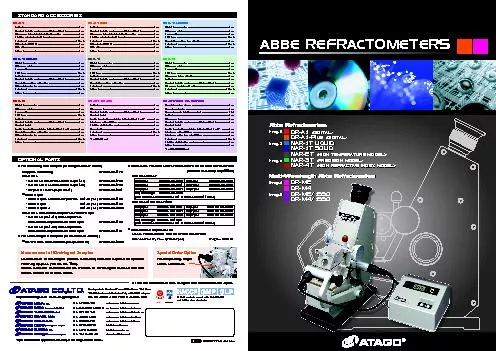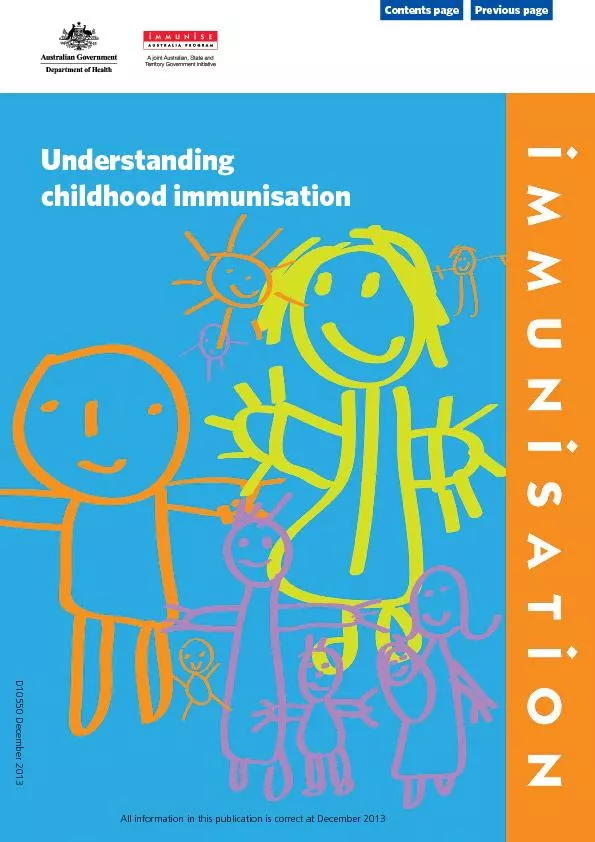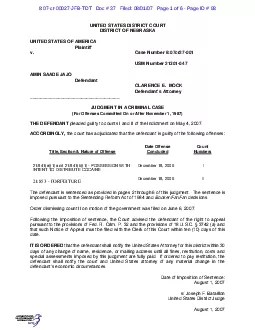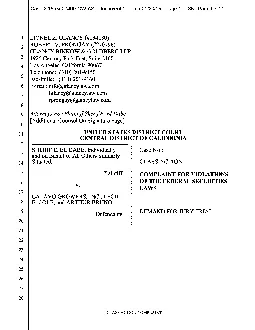PDF-Page of ECCA042809
Author : tabitha | Published Date : 2022-09-07
Airway Noninvasive positive pressure ventilation Bagvalvemask ventilation Laryngeal mask airway insertion Esophageal obturator airway insertionandoral airwayinsertion Aspiration Arthrocentesis
Presentation Embed Code
Download Presentation
Download Presentation The PPT/PDF document "Page of ECCA042809" is the property of its rightful owner. Permission is granted to download and print the materials on this website for personal, non-commercial use only, and to display it on your personal computer provided you do not modify the materials and that you retain all copyright notices contained in the materials. By downloading content from our website, you accept the terms of this agreement.
Page of ECCA042809: Transcript
Download Rules Of Document
"Page of ECCA042809"The content belongs to its owner. You may download and print it for personal use, without modification, and keep all copyright notices. By downloading, you agree to these terms.
Related Documents

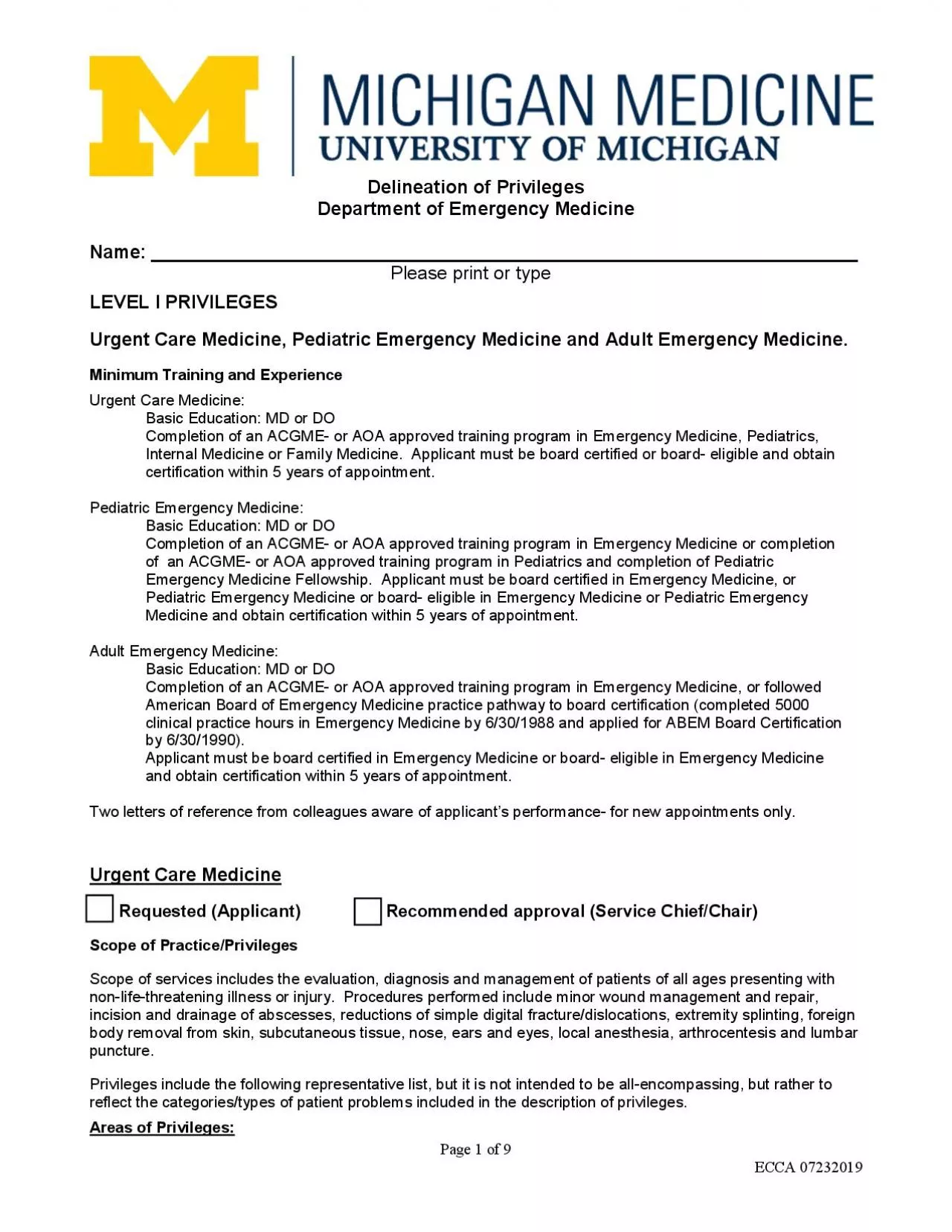


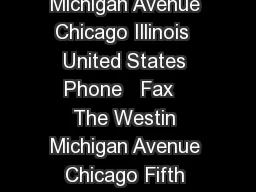
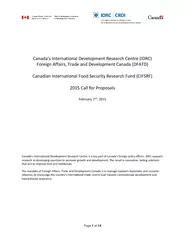
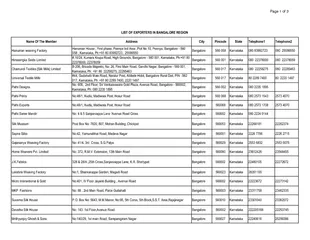

![Page: 1] transported by a voiceless obstinacy toward a millenial endin](https://thumbs.docslides.com/169177/page-1-transported-by-a-voiceless-obstinacy-toward-a-mille.jpg)


